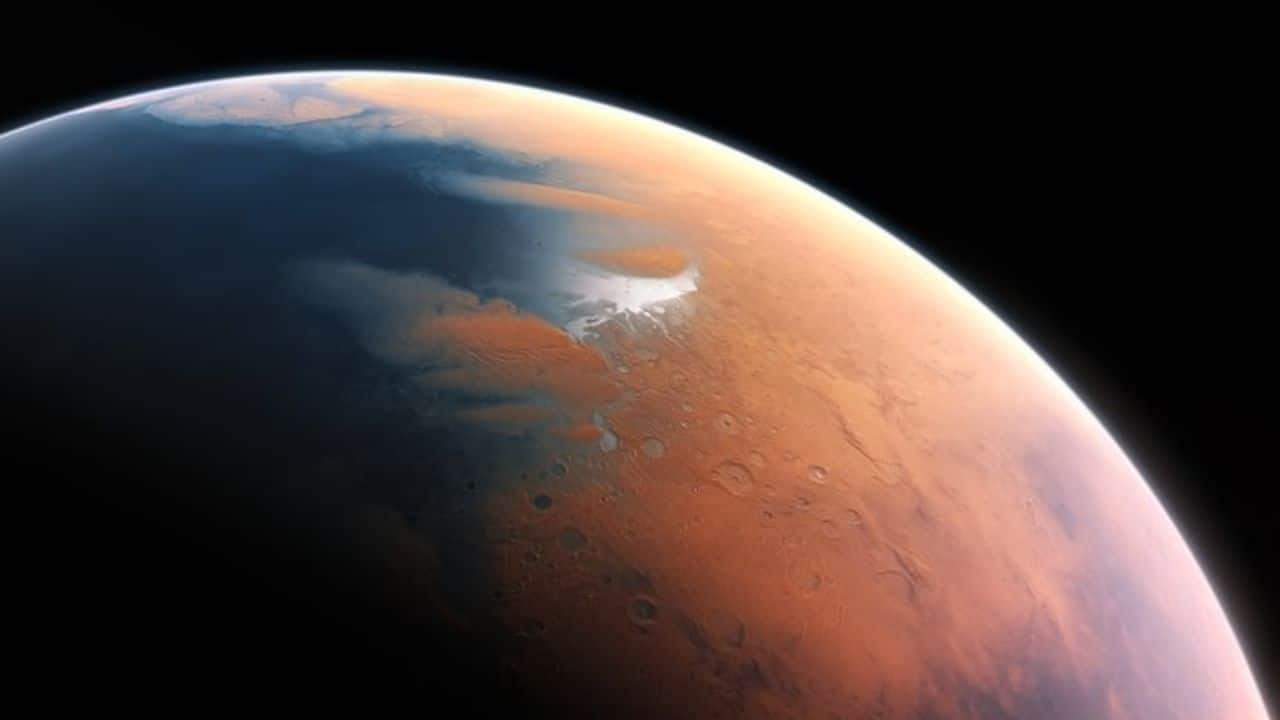Imagine Mars with rain falling from above, rivers flowing fast, and lakes stretching far across its surface. That is the picture drawn by new research, giving fresh insight into the Red Planet’s ancient and surprisingly lively past. Mars was likely warmer and wetter long ago A recent study from the University of Colorado Boulder shows Mars may once have had a warm and wet climate.
Led by Amanda Steckel, the team’s findings were published on 21 April in the Journal of Geophysical Research: Planets. The results add weight to long-standing debates about early Mars and its environment. Using computer models, researchers explored how water may have shaped Mars.

The data suggests heavy snow or rain once fell across the planet, feeding valleys and channels. These systems formed billions of years ago and are still visible today from space. Steckel, who earned her PhD in 2024, compared Mars' features to Utah's landscapes.
She now works at the California Institute of Technology. Most scientists agree that some water flowed on Mars during the Noachian epoch, around 4.1 to 3.
7 billion years ago. But where that water came from remains unclear. Rainfall may explain Mars’ vast valley networks Some scientists argue Mars was always cold and dry.
The early Sun gave off less heat, and icy caps may have covered highlands near the Martian equator. These frozen areas may have melted occasionally, forming temporary streams. However, the CU Boulder team found that precipitation fits better with Mars’ surface features.
Their model showed that snowfall or rainfall could create branching valleys across various elevations. In contrast, melting ice produced valleys only at high points. “It’s difficult to explain the variety of valley heights using only ice,” Steckel said.
“Precipitation allows valley heads to form nearly everywhere.” Their simulations, based on software first used for Earth studies, recreated how water would move across Martian landscapes. Some versions included rainfall, others only ice melt.
When compared with real satellite data, the rainfall model matched more closely with Mars’ actual terrain. Rethinking Mars as a younger Earth The study suggests Mars may have once looked much like early Earth. The research team included Brian Hynek from CU Boulder, who believes Mars’ water-rich past is key to its story.
He noted that some valleys, like those near Jezero Crater, needed deep, powerful rivers to form. Hynek and Steckel, now part of NASA’s Perseverance rover team, believe Mars stopped changing once its water flows ended. “Once the erosion from water stopped,” Hynek said, “Mars froze in time and still resembles early Earth.
” The findings offer more than just clues about Mars. They help scientists better understand how climates can shift and how ancient worlds may evolve into what we see today. Though Mars remains cold and dry now, its past holds echoes of a much different world.
.
















